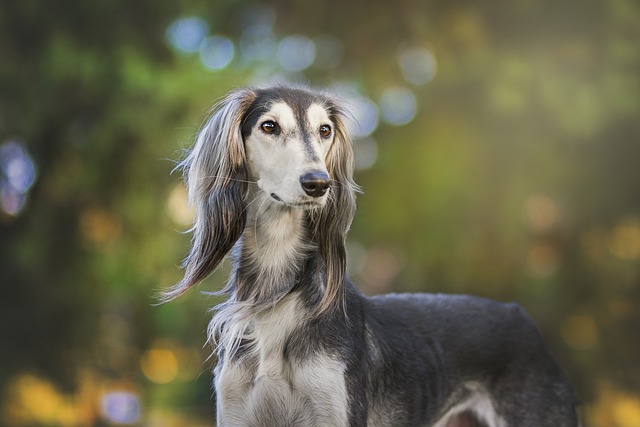
How do i train my dog to be obedient?
Watching your dog dart across the park ignoring your calls isn’t just frustrating—it can put them at risk near busy streets or public spaces.
Walking into a pet store, the colorful array of toys can make your heart skip a beat. But when you bring them home, it’s disheartening if your dog ignores them. Teaching your dog to play with toys isn’t just about passing the time—it’s a way to enrich their lives, keep them mentally stimulated, and strengthen your bond. And in many communities, ensuring your pet has outlets for healthy activity aligns with responsible ownership expectations.
First things first: pick the right toys. Different dogs have different preferences, just like people. Some love the satisfying squeak of a plush toy, while others go wild for a sturdy rubber ball that bounces unpredictably. In many areas, there are safety regulations for pet toys. Avoid items with small parts that can be chewed off and swallowed, as choking hazards violate local animal welfare guidelines.
To spark your dog’s interest, make the toy come alive. Wave a stuffed animal in front of them like it’s a little critter on the run, or bounce a ball in an erratic pattern. Use an excited voice and let your own enthusiasm show. If your dog seems hesitant, don’t force it. Some rescue dogs or those with a traumatic past might need more time to warm up to the idea of play.
 Once your dog shows curiosity, it’s time to start a simple game. For example, if you have a ball, roll it gently a short distance. Most dogs have an innate chase instinct that might kick in. As soon as they start after the ball, cheer them on. Positive reinforcement like this helps them associate the toy with fun. Just make sure you’re in a safe, enclosed space, whether it’s your backyard or a designated dog park, to avoid any legal issues with dogs running loose.
Once your dog shows curiosity, it’s time to start a simple game. For example, if you have a ball, roll it gently a short distance. Most dogs have an innate chase instinct that might kick in. As soon as they start after the ball, cheer them on. Positive reinforcement like this helps them associate the toy with fun. Just make sure you’re in a safe, enclosed space, whether it’s your backyard or a designated dog park, to avoid any legal issues with dogs running loose.
For dogs that still seem uninterested, try using treats. Hide a small piece of their favorite snack inside a puzzle toy, or toss a treat near the toy. This encourages them to interact with it. But remember, treat - based play should follow local feeding guidelines. Overfeeding can lead to obesity, which in many places is considered neglectful pet care.
Interactive play is key. Get down on the floor and tug gently on a rope toy with your dog. Just be sure to set boundaries—you don’t want playtime to turn into aggression. In some dog training classes and community spaces, there are rules about how pets should interact during play to prevent injuries. Following these norms makes for a more enjoyable experience for everyone.
If your dog is a social butterfly, consider playdates with other toy - loving pups. Watching other dogs play can inspire your own pet to join in. But always respect local leash laws and vaccination requirements when bringing your dog around others. A well - planned playdate not only helps your dog learn to play with toys but also with other animals in a legal and safe way.
Teaching your dog to play with toys is a journey filled with laughter and discovery. With the right toys, a sprinkle of patience, and a dash of creativity, you’ll unlock a world of fun for your furry friend. Every wagging tail and excited bark during playtime is a reminder that you’re giving them the happy, healthy life they deserve, while being a responsible pet owner in your community.

Watching your dog dart across the park ignoring your calls isn’t just frustrating—it can put them at risk near busy streets or public spaces.

New puppy owners often find themselves rushing to clean up accidents before they set in, and that’s where puppy pad training becomes a game-changer.

If you've noticed your dog's waistline disappearing and your veterinarian has mentioned those few extra pounds, your first instinct might be to simply reduce the amount of food in their bowl.

Training a dog to use a designated spot indoors isn’t as daunting as many new owners fear, but it does take consistency and an understanding of your pet’s needs.

That moment of dread on a walk is all too familiar for many new dog owners. You see another dog approaching down the sidewalk of your neighborhood

If the sight of another dog on your neighborhood walk makes your heart sink as your own dog erupts into a frenzy of barking and lunging, you're not alone.